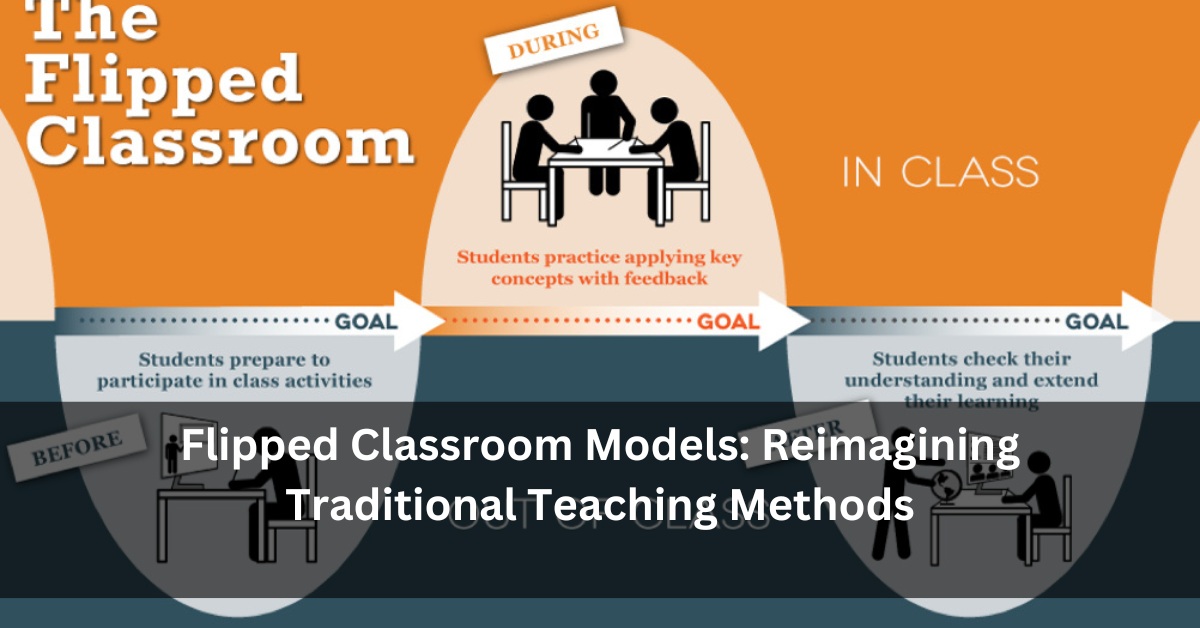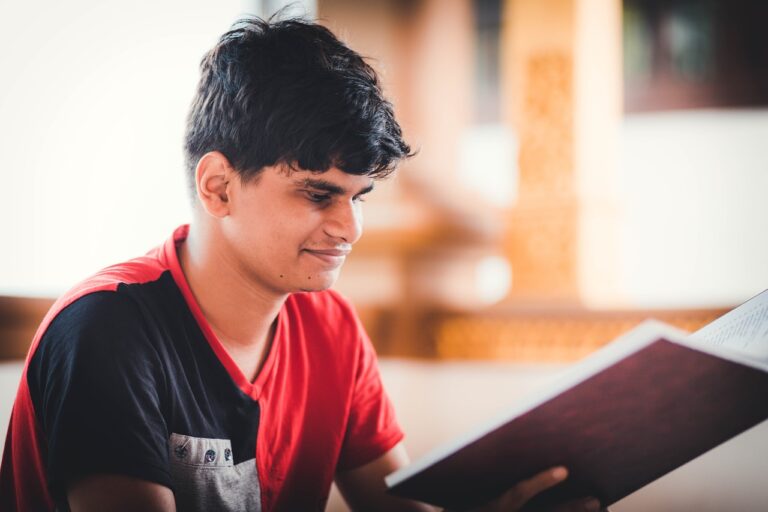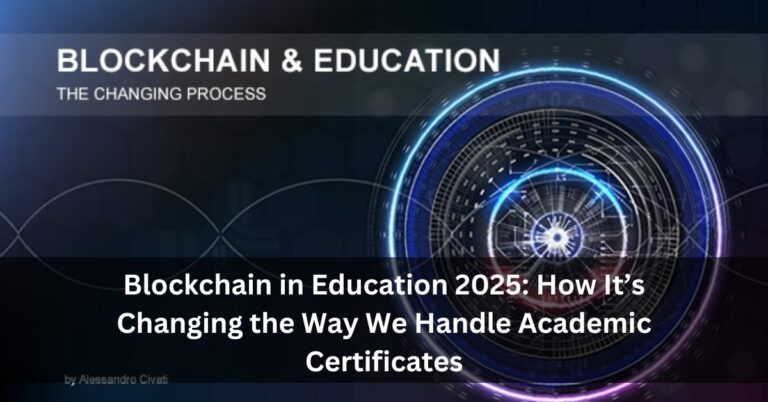Flipped Classroom Models: Reimagining Traditional Teaching Methods
The education system in India is changing. With the rise of online learning and digital tools, many schools and colleges are exploring new methods of teaching. One such popular method is the flipped classroom.
In a traditional classroom, the teacher gives a lecture during class and students do homework later. But in a flipped classroom, this process is reversed. Students first study the topic at home using videos or notes. Then, during class time, they do exercises, group discussions, and practical tasks.
This model is gaining attention across the world and slowly making its way into Indian schools, colleges, and coaching institutes.
Flipped Classroom: Important Features
Here’s a quick breakdown of how this model works:
| Activity | Traditional Model | Flipped Model |
| Class Time | Teacher gives a lecture | Students ask doubts, solve problems |
| Homework | Solve questions, revise | Watch a video or read notes before class |
| Student Role | Passive listener | Active participant |
| Teacher Role | One-way teaching | Guide, coach, and mentor |
Why the Flipped Classroom Is Gaining Popularity in India
- More Interaction in Class: In regular classrooms, students often feel shy to ask questions. But in flipped classes, they come prepared and feel more confident. Class time is used for discussions and clearing doubts.
- Better Understanding: Since students learn the basics before class, they can focus on deeper concepts and practical work when they meet the teacher.
- Personalized Learning: Everyone learns at a different speed. Some may take 15 minutes to understand a topic, others may take an hour. With video lessons, students can pause, rewind, or re-watch the material as needed.
- Time-Saving for Teachers: Teachers no longer need to repeat the same lecture again and again. They can spend more time helping students who are struggling.
- Useful During Exams: Flipped videos can be saved and watched again during exam time, making revision easier.
Flipped Classrooms in India: Real-Life Examples
Many Indian schools and universities have started using the flipped model.
- IIT Bombay and BITS Pilani use flipped techniques for engineering courses.
- Delhi Public School (DPS) branches in Gurgaon and Bangalore tested flipped models during the pandemic and found improved student engagement.
- Coaching centres for NEET and JEE are now sharing video lectures before class and using class time for solving doubts.
Challenges in India (And How to Solve Them)
Yes, the flipped classroom model sounds great, but it’s not without challenges.
| Challenge | Solution |
| Not all students have smartphones or stable internet | Schools can share video content on pen drives or via offline apps |
| Teachers may not know how to make videos | Training sessions can help them learn video recording and editing |
| Parents may not understand the new method | Conduct awareness meetings in local languages |
How to Start a Flipped Classroom: Step-by-Step
If you are a teacher, parent, or school principal, here’s how to begin:
- Choose a topic: Start small. Select one lesson you want to flip.
- Create a video or PDF: You don’t need fancy equipment. A mobile phone and whiteboard are enough.
- Share before class: Send the content to students at least one day before the class.
- Use class time for activities: Ask questions, solve problems, conduct group work.
- Take feedback: Ask students if they liked the method and where they faced difficulty.
Government Support and Future Outlook
In the New Education Policy (NEP 2020), the Indian government has encouraged the use of digital learning. States like Maharashtra and Kerala have launched e-learning platforms where video content is freely available.
In 2025, more than 25% of CBSE and ICSE schools have already used some flipped classroom strategies, especially in science and math subjects.
The future is hybrid — a mix of online and offline learning. Flipped classrooms will play a key role in that.
Final Words from Bloggers Hub
The flipped classroom is not just a trend — it’s a smart, simple, and student-friendly way to make learning fun and useful. In India, where classroom sizes are large and student needs are diverse, this model offers a flexible and effective alternative to old methods.
We at Bloggers Hub believe in promoting practical and modern education ideas. Whether you are a teacher, a student, or a parent, this new teaching style can bring a big positive change.
So why wait? Try flipping your next class and see the difference!
FAQs on Flipped Classroom Model
Q1. Is the flipped classroom only for colleges?
No. Schools, coaching classes, and even online tuitions can use this method.
Q2. Does it require expensive tools?
Not at all. A smartphone and simple internet connection are enough to begin.
Q3. Can this method work in rural India?
Yes. Content can be shared offline and teachers can explain during class time.
Q4. What subjects are best for flipped learning?
Subjects like Science, Maths, History, and even English work well.
✅ Bookmark Bloggers Hub
✅ Stay updated on Education trends
✅ Share with your school or college group
Let’s flip the way India learns!







